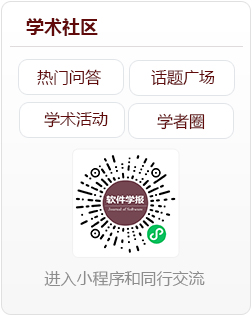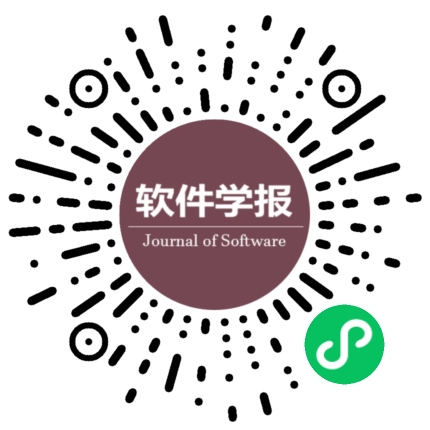用户特征请求分析与处理研究综述
作者:
作者单位:
作者简介:
牛菲菲(1996-),女,博士生,主要研究领域为软件工程,业务过程管理,自然语言处理;李传艺(1991-),男,博士,助理研究员,CCF专业会员,主要研究领域为软件工程,业务过程管理,自然语言处理;葛季栋(1978-),男,博士,副教授,CCF高级会员,主要研究领域为软件工程,分布式计算与边缘计算,业务过程管理,自然语言处理;骆斌(1967-),男,博士,教授,博士生导师,CCF杰出会员,主要研究领域为软件工程,人工智能
通讯作者:
李传艺,E-mail:lcy@nju.edu.cn
中图分类号:
基金项目:
国家自然科学基金(61802167);南京大学计算机软件新技术国家重点实验室海外开放课题(KFKT2020A05)
Survey on User Feature Requests Analysis and Processing
Author:
Affiliation:
Fund Project:
引用本文
牛菲菲,李传艺,葛季栋,骆斌.用户特征请求分析与处理研究综述.软件学报,2023,34(8):3605-3636
复制相关视频

分享
文章指标
- 点击次数:
- 下载次数:
- HTML阅读次数:
历史
- 收稿日期:2021-08-10
- 最后修改日期:2021-10-09
- 录用日期:
- 在线发布日期: 2022-01-28
- 出版日期: 2023-08-06
文章二维码

您是第位访问者
版权所有:中国科学院软件研究所 京ICP备05046678号-3
地址:北京市海淀区中关村南四街4号,邮政编码:100190
电话:010-62562563 传真:010-62562533 Email:jos@iscas.ac.cn
技术支持:北京勤云科技发展有限公司
版权所有:中国科学院软件研究所 京ICP备05046678号-3
地址:北京市海淀区中关村南四街4号,邮政编码:100190
电话:010-62562563 传真:010-62562533 Email:jos@iscas.ac.cn
技术支持:北京勤云科技发展有限公司



